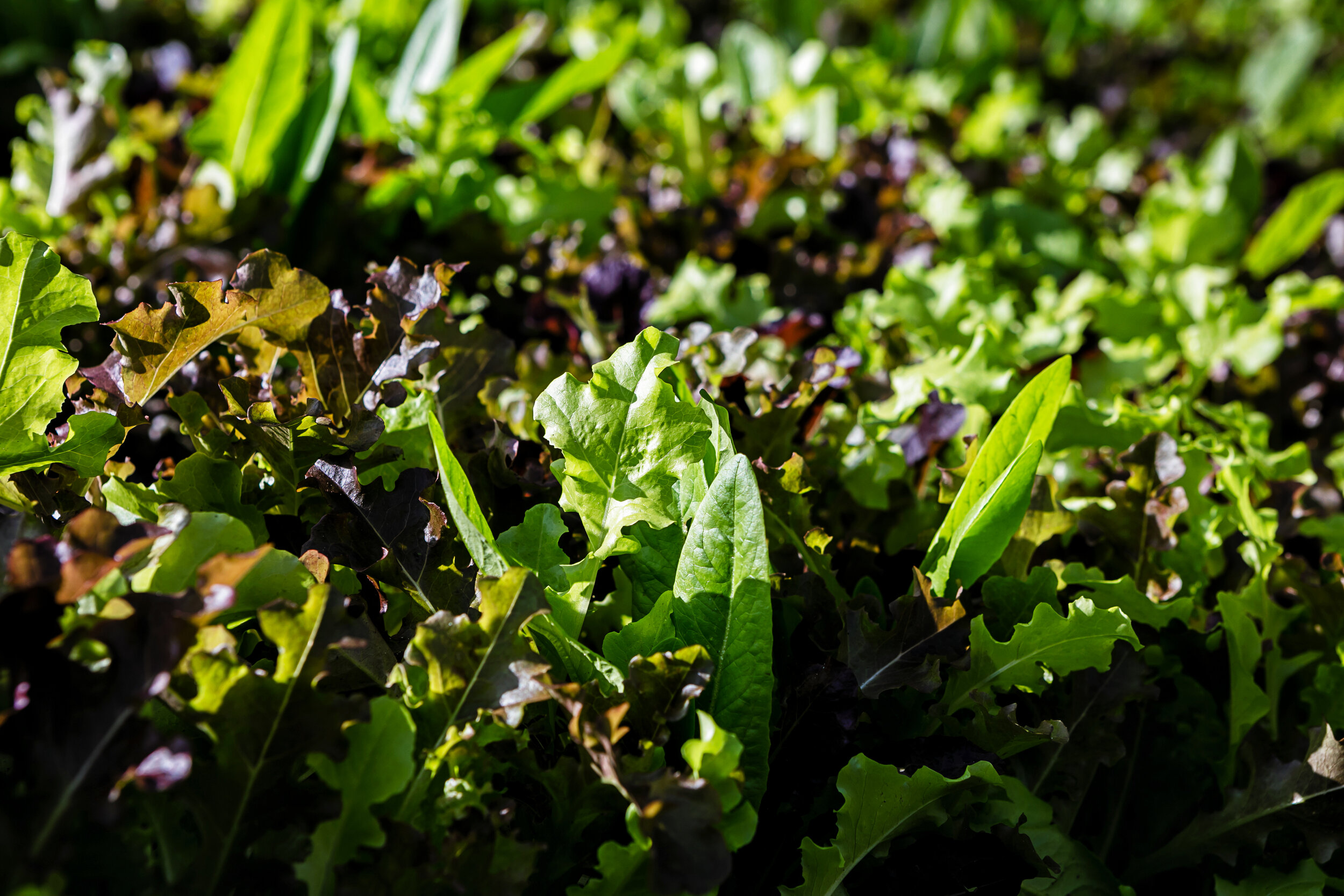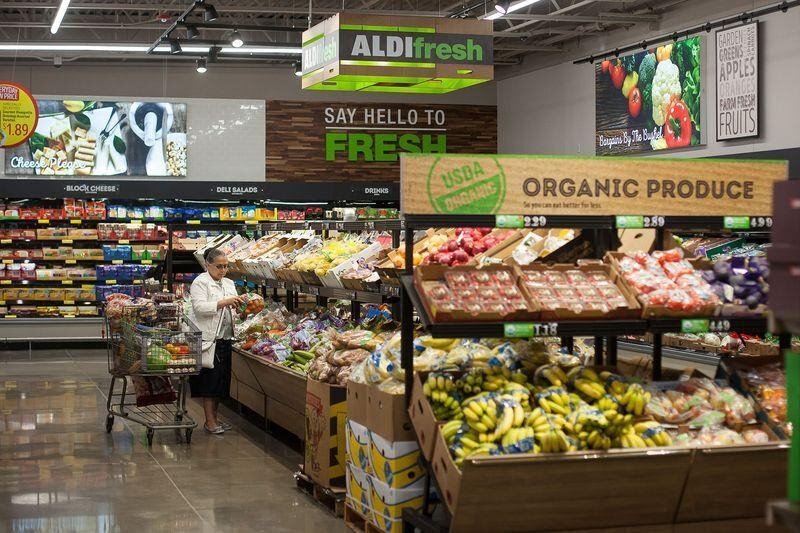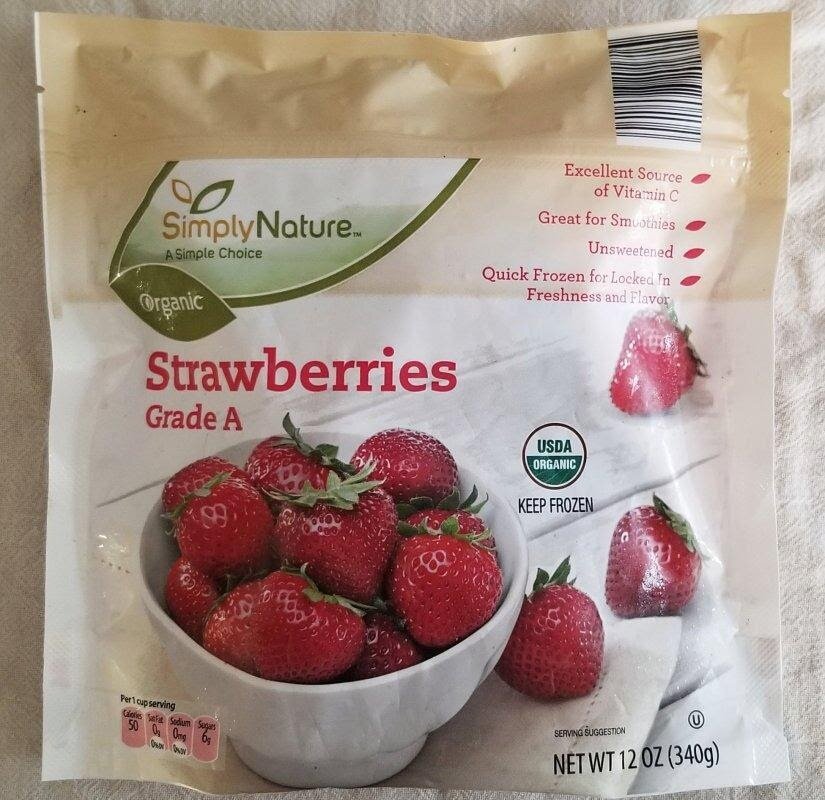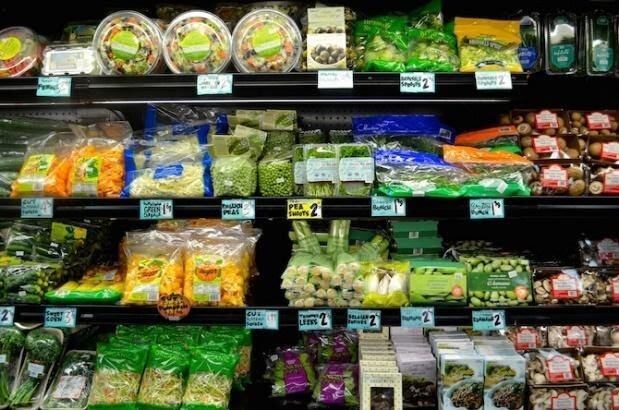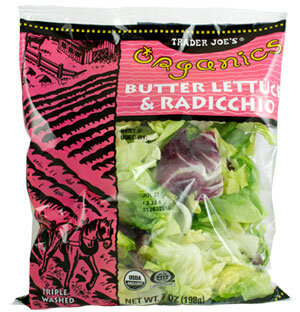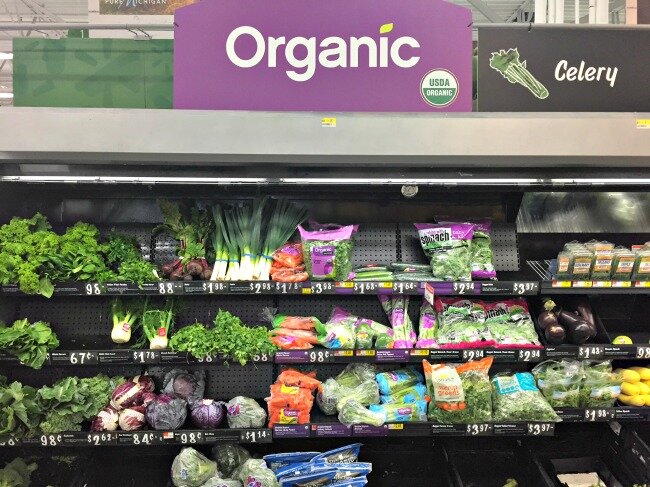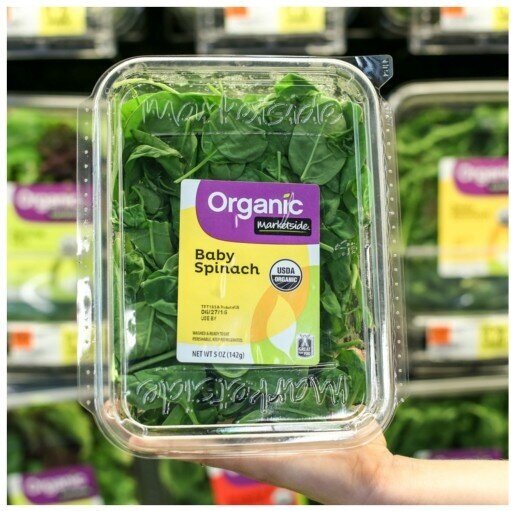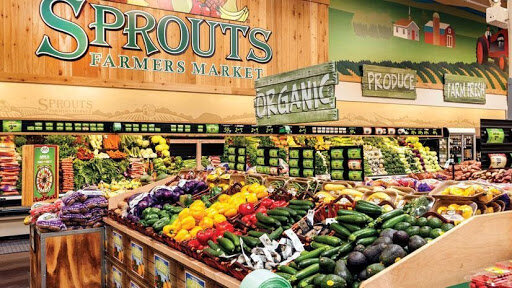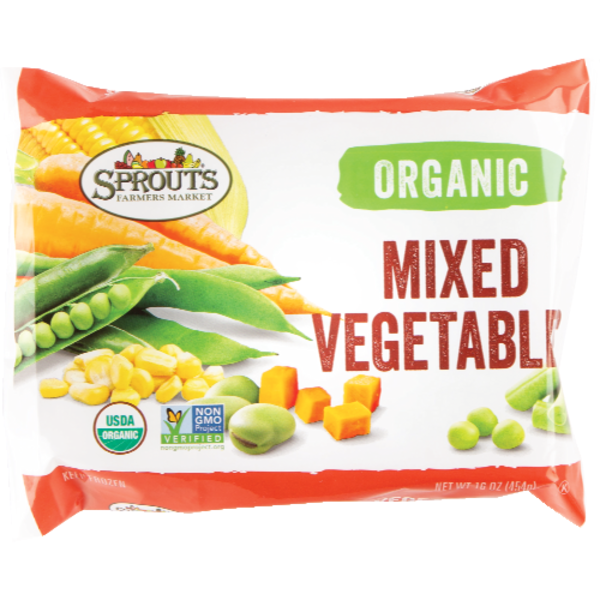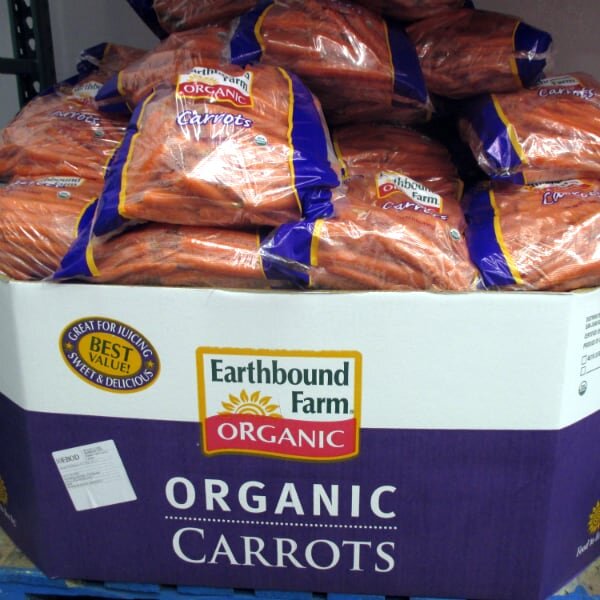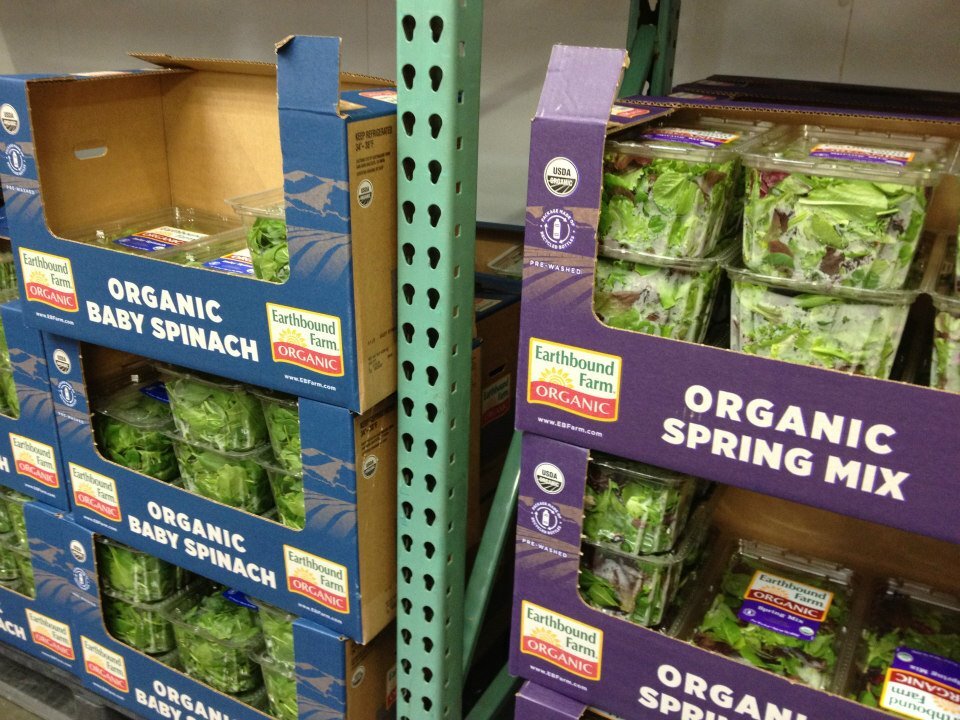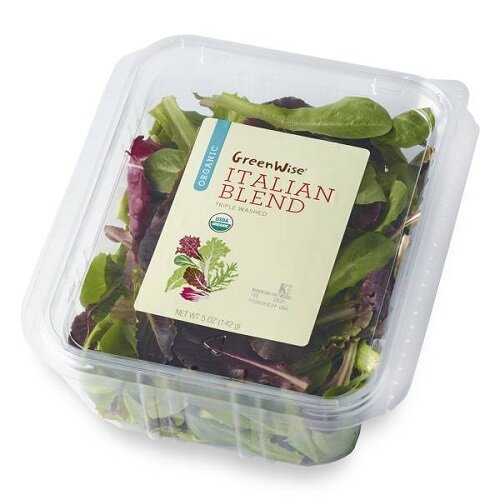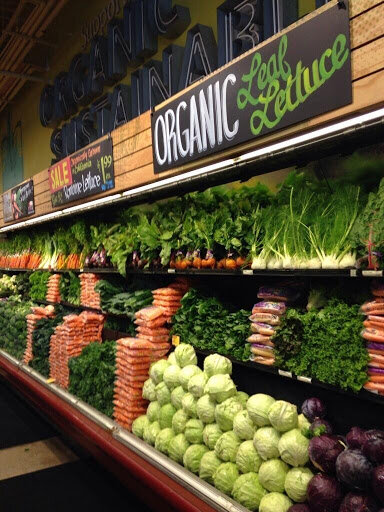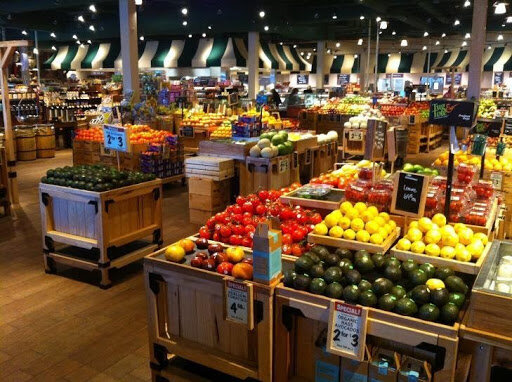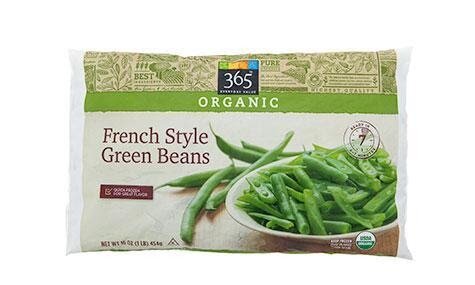The Benefits of Quinoa
Cultivated over 5,000 years ago in the Andes, quinoa (pronounced KEEN-wah) has been called the “mother grain” and the “gold of the Incas”. Technically, it's not a grain but a seed, although it is used all the same ways as other whole grains.
Today it is very popular due to its pleasant nutty taste and superfood qualities. It is not only a complete source of protein, but also high in magnesium, iron, copper, folate, zinc, vitamin B, and fiber.
Quinoa is not only one of the healthiest pantry stables, but also incredibly easy to cook. Since quinoa has a natural coating, called “saponin”, that can make the grain taste soapy or bitter, it’s easy to get rid of this coating by just rinsing the quinoa for one minute under running water in a strainer.
Cooking quinoa is easy and like any other grain or rice. Just add one cup of quinoa to two cups of water with a pinch of sea salt and bring to a boil, then simmer for fifteen minutes until fluffy. You can substitute a vegetable broth to add flavor. The cooked quinoa can be stored in the refrigerator for 3-4 days and used for breakfast, lunch, or as a side with dinner.
Warm Quinoa Cereal with Nuts (serves 3)
INGREDIENTS:
1 cup quinoa
2 cups water
1 cup milk, or milk alternatives such as almond, coconut or rice milk
¾ Tbsp maple syrup
¼ tsp ground cinnamon
¼ cup slivered almonds or toasted walnuts
Sea salt to taste
Optional: fresh berries, butter
INSTRUCTIONS:
Rinse the quinoa with cold water in a fine mesh strainer and drain.
Put the water and milk in a pot and bring to a boil. Stir in the quinoa, turn down the heat to medium, cover the pot and simmer gently for 15 minutes (stirring occasionally and adding more milk, if needed). The cereal is done when the quinoa is soft and has the consistency of oatmeal.
Remove from heat and stir in the maple syrup, cinnamon, and vanilla.
Transfer to bowls and serve warm or cold with toasted nuts; add fresh berries or stir in a teaspoon of butter, if desired.



